Photos: World’s greatest sports coupes at the Petersen Automotive Museum
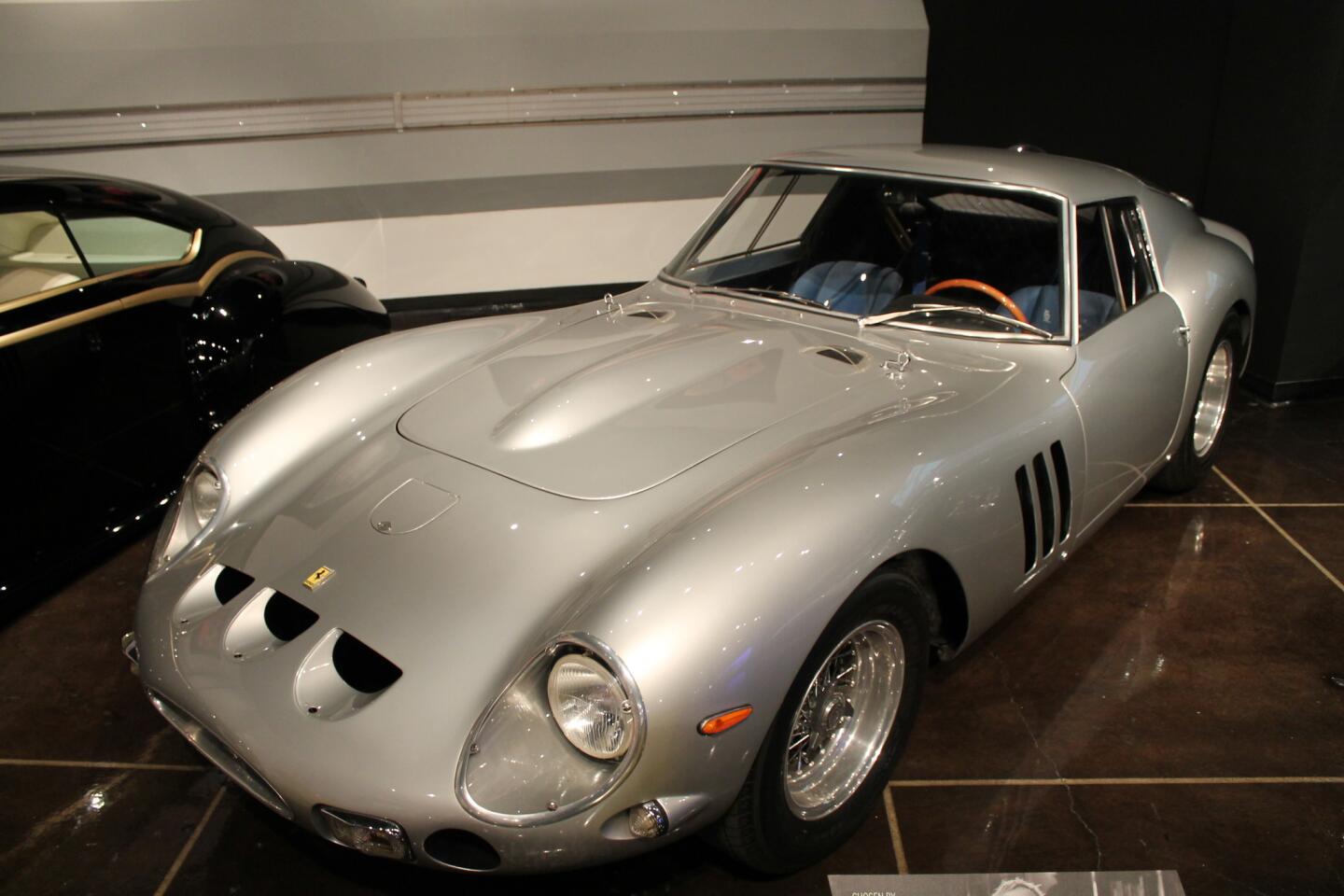
You know, this is not my favorite Ferrari because I’ve never really liked how these haunches in the front disappeared into the front fender and kind of flipped up over the windscreen. The emphasis is right at the front of the car. And of course you have these famous slits in the front, which I’m sure were probably thought of at the last minute to get more air in there because the grille was tiny. And this is a generic-shaped grille for the time, because Jaguar did it as well. (David Undercoffler / Los Angeles Times)
World’s greatest sports coupes at the Petersen Automotive Museum
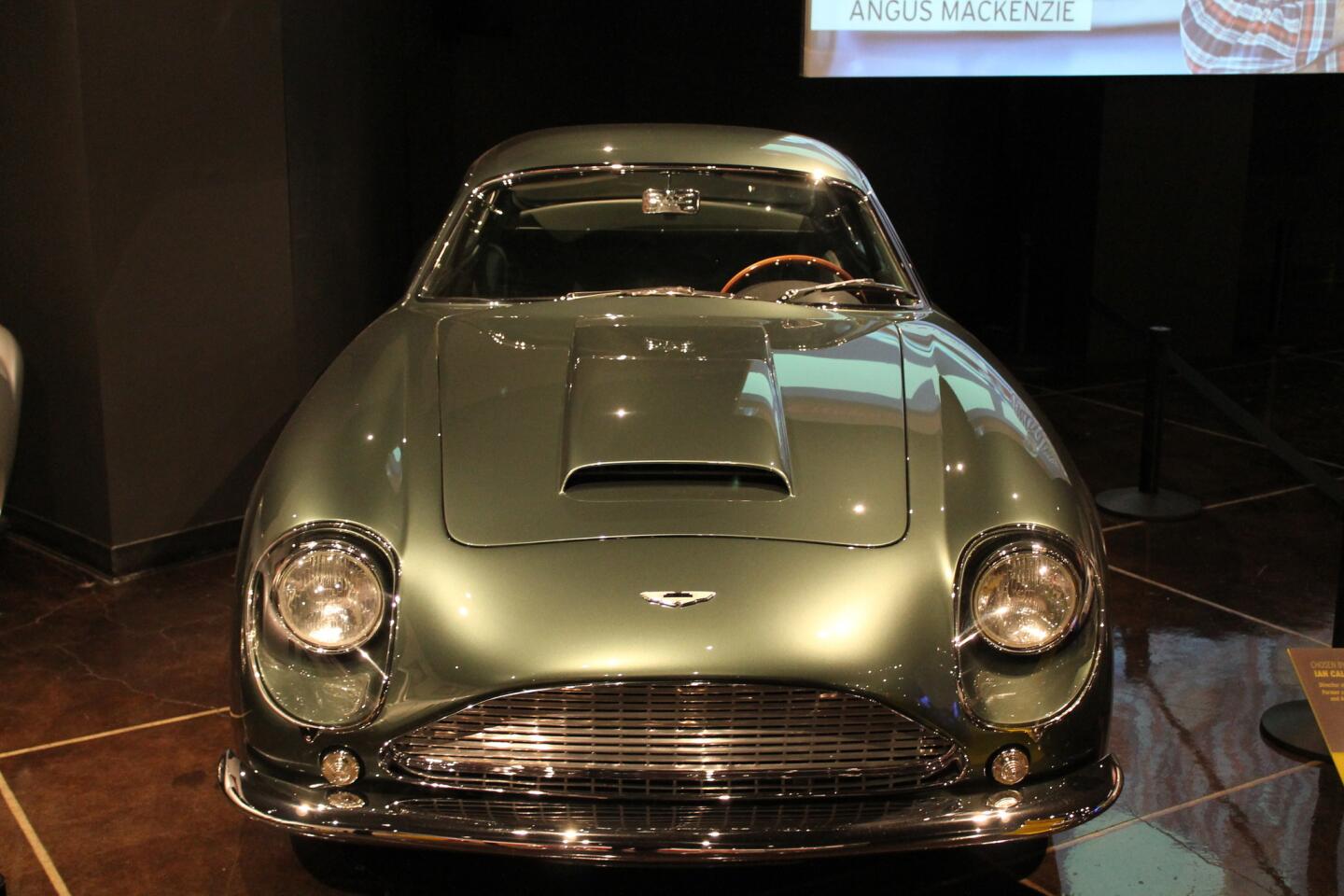
The thing that’s interesting about this car is no two are alike. They’re all different. It’s kind of hit or miss finding one you really like. I know this one, and I’ve driven this one, and I’ve always liked it. I’m sure it’s probably got a sister out there somewhere. I just love the combination of Italian design and British engineering. It’s lovely. (David Undercoffler / Los Angeles Times)
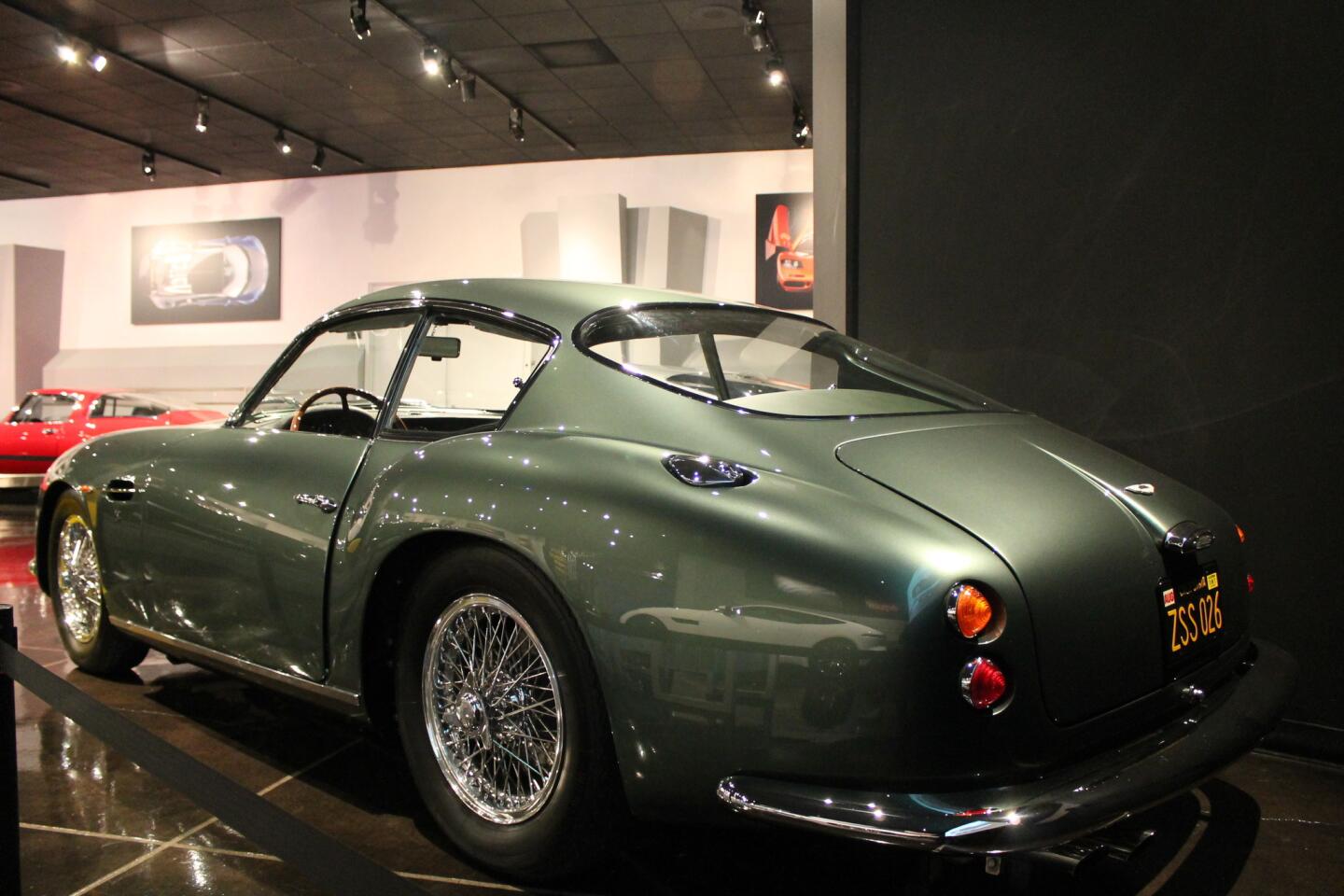
I always say an Aston grille has kind of a smirk to it. Kind of a James Bond knowing smirk. (David Undercoffler / Los Angeles Times)
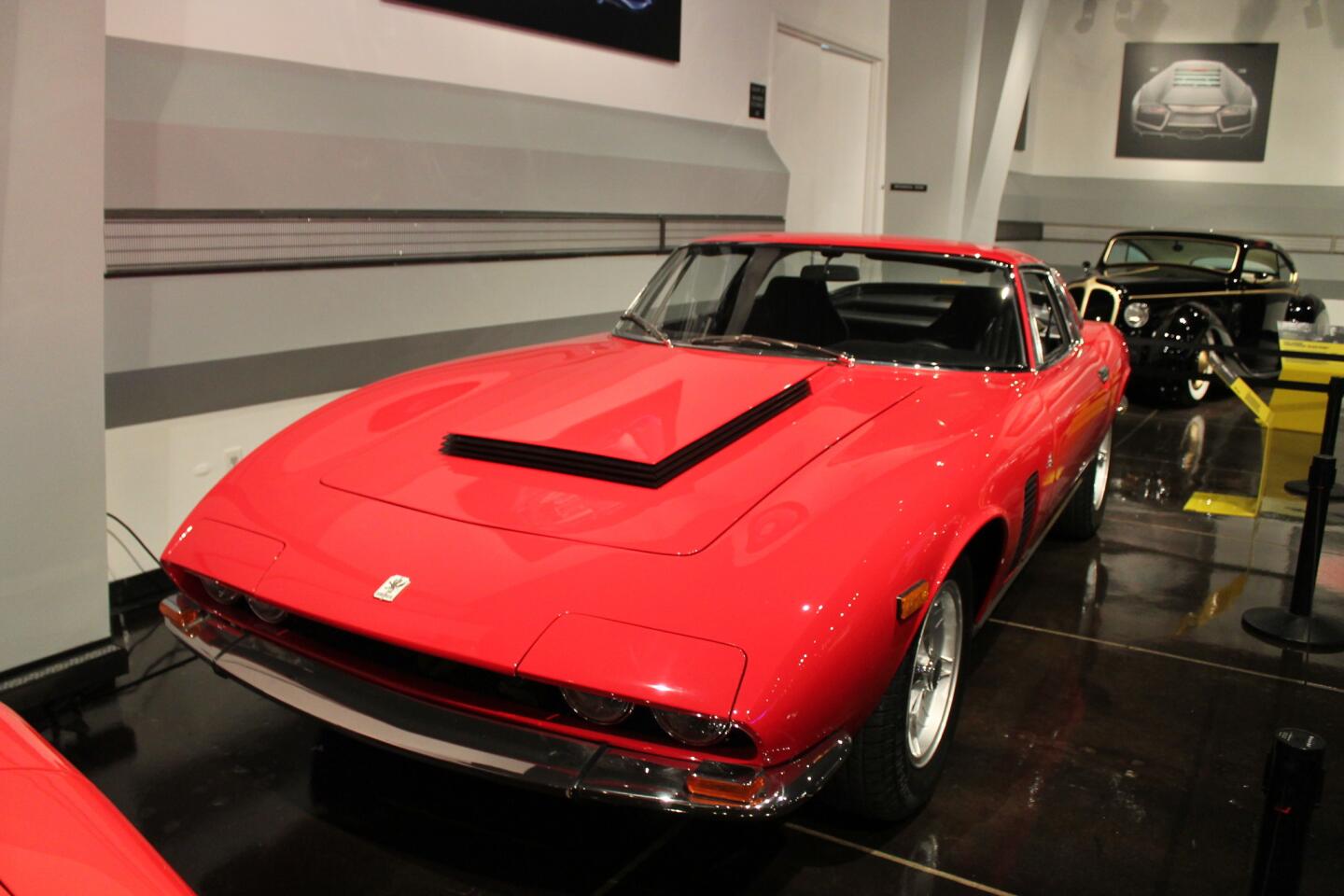
I’ve always loved these cars, it’s very 1970s Italian. I can see this is Brian Johnson’s car because it’s got a Chrysler Hemi in it and that’s why it has this fascinating sort of hood scoop, which I think looks like Frank Lloyd Wright’s had a go at this at some point. I just love the way it pops up. They didn’t all have these, by the way, there were smaller-engined cars. (David Undercoffler / Los Angeles Times)
Advertisement
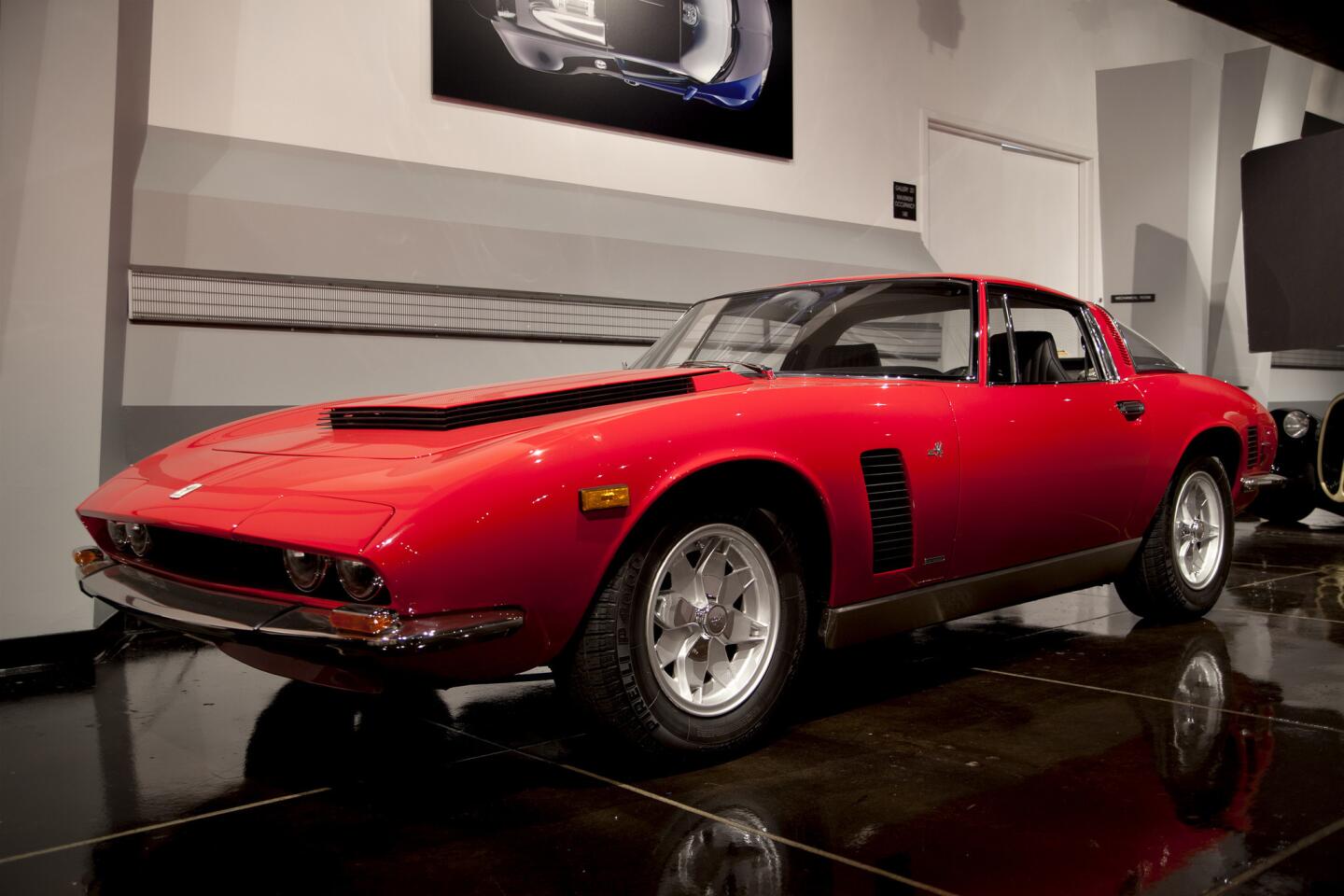
It’s a very simple, powerful car with a very strong American V-8 and Italian body. It’s a pretty car and it’s got rear glass that’s curved and not feasible anymore. You can’t try to make that now with safety glass. But it’s a handsome car, and its notability is this wicked power bulge. (David Undercoffler / Los Angeles Times)
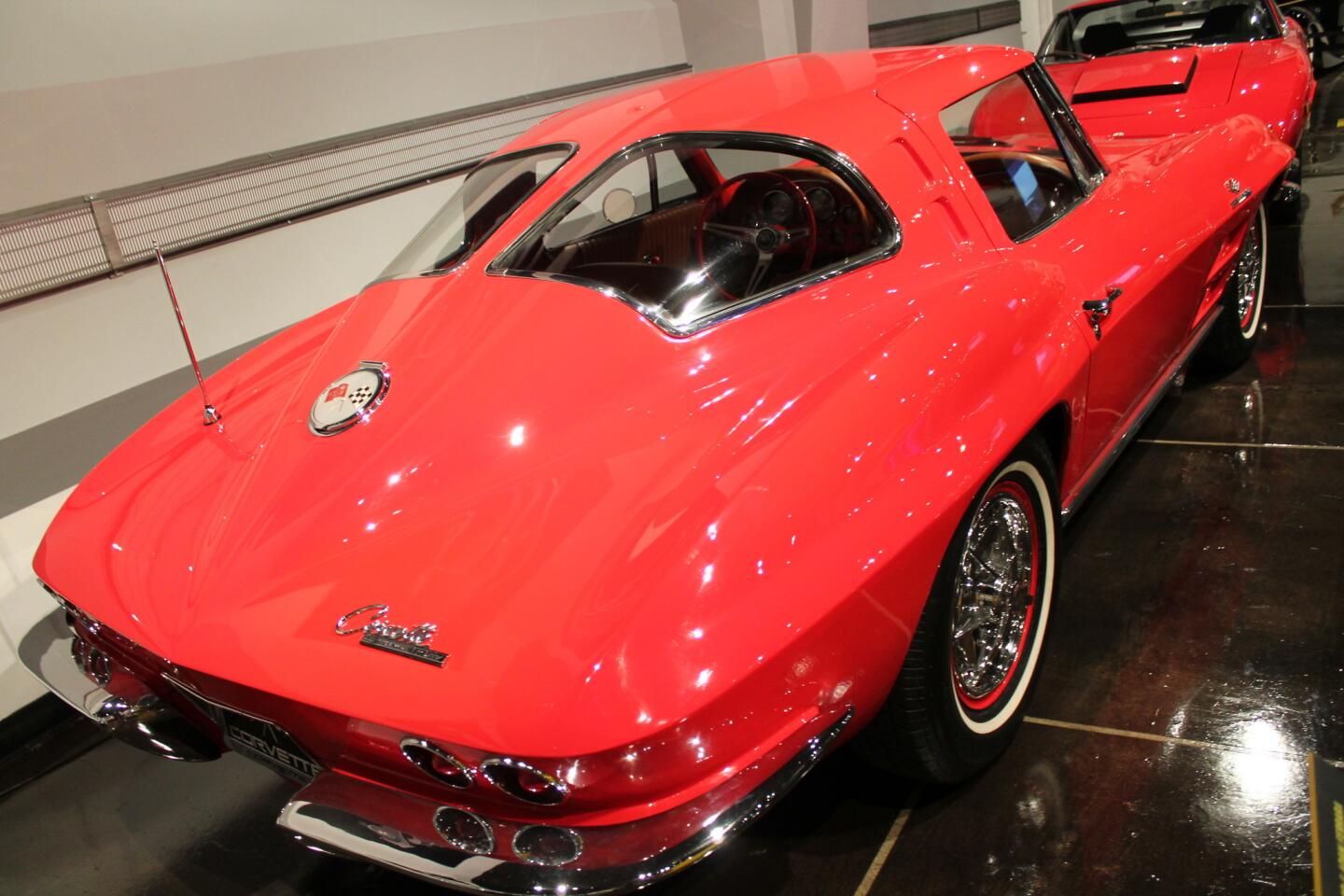
I love the new ‘Vette. I think it’s a really cool car and it’s worthy of what this car stood for. But all the stuff between them, I don’t get it. Some of those, they’ve just not got that kind of ... ballsiness about them. This is quite a tough-looking car. When you compare it to the [Jaguar] E-Type, one was so American and one was so British and they have their own -- equal -- place in life. (David Undercoffler / Los Angeles Times)
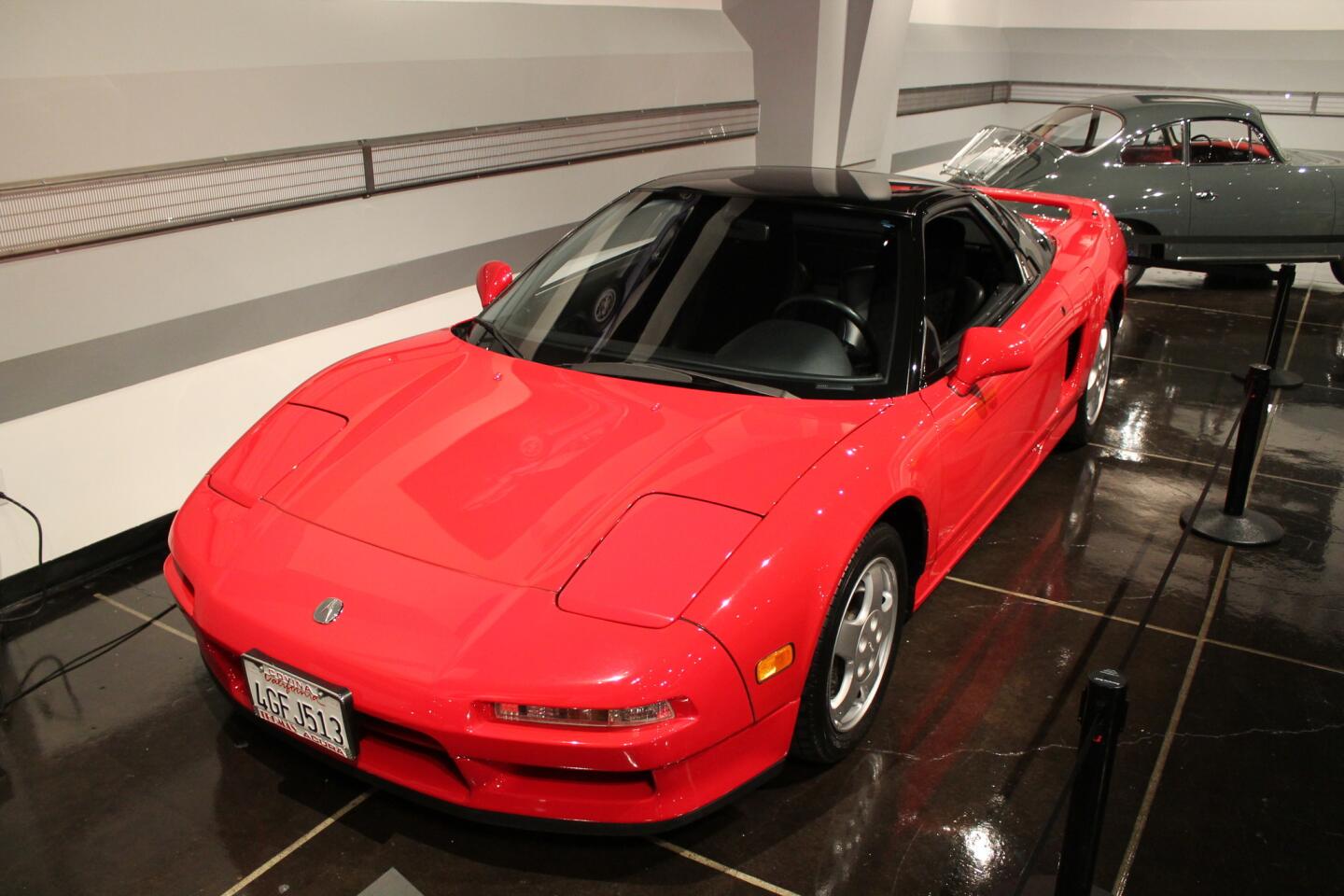
I’ve always liked this car. But it’s not the most beautiful thing in the world, especially the aero, its pure aerodynamics. This is what aerodynamics does to a car, by the way. It makes it look a little clumsy in the middle. In this case, the greenhouse is slightly out of proportion with the rest of the car. You’ve got a very delicate front end, you’ve got a big cabin, like a big head. That to me dates it quickly. But for its time the proportions are very unique. You’ve got this big glass in the front, but it gives you a commanding view of the road. (David Undercoffler / Los Angeles Times)
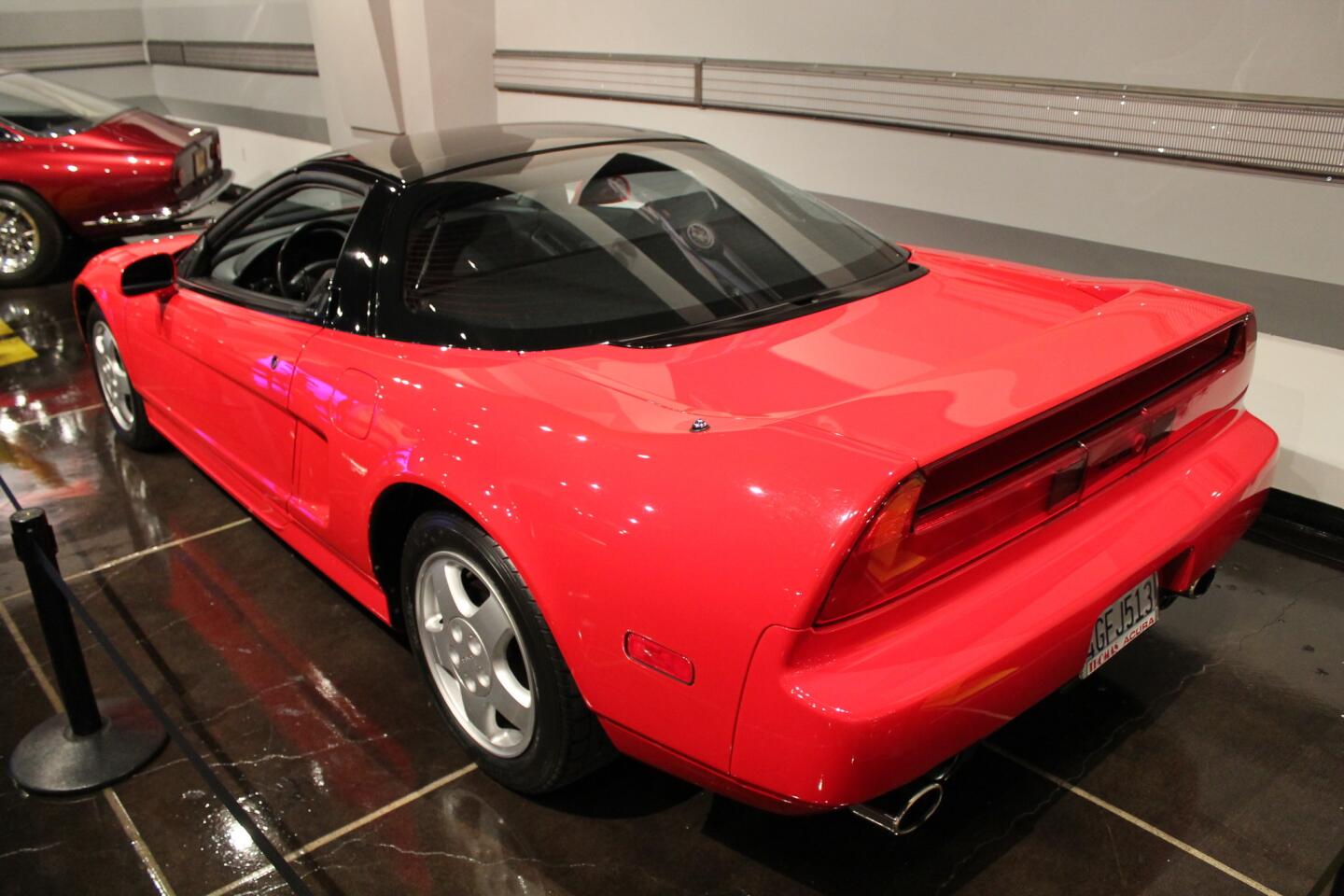
I think a mid-engined car will be as prevalent in the future as the front-engine, maybe even more so. I think it’s feasible. The problem with a sports car platform is it has to be different from a sedan. You can’t just take a sedan platform and turn it into a sports car. You can take components from it. (David Undercoffler / Los Angeles Times)
Advertisement
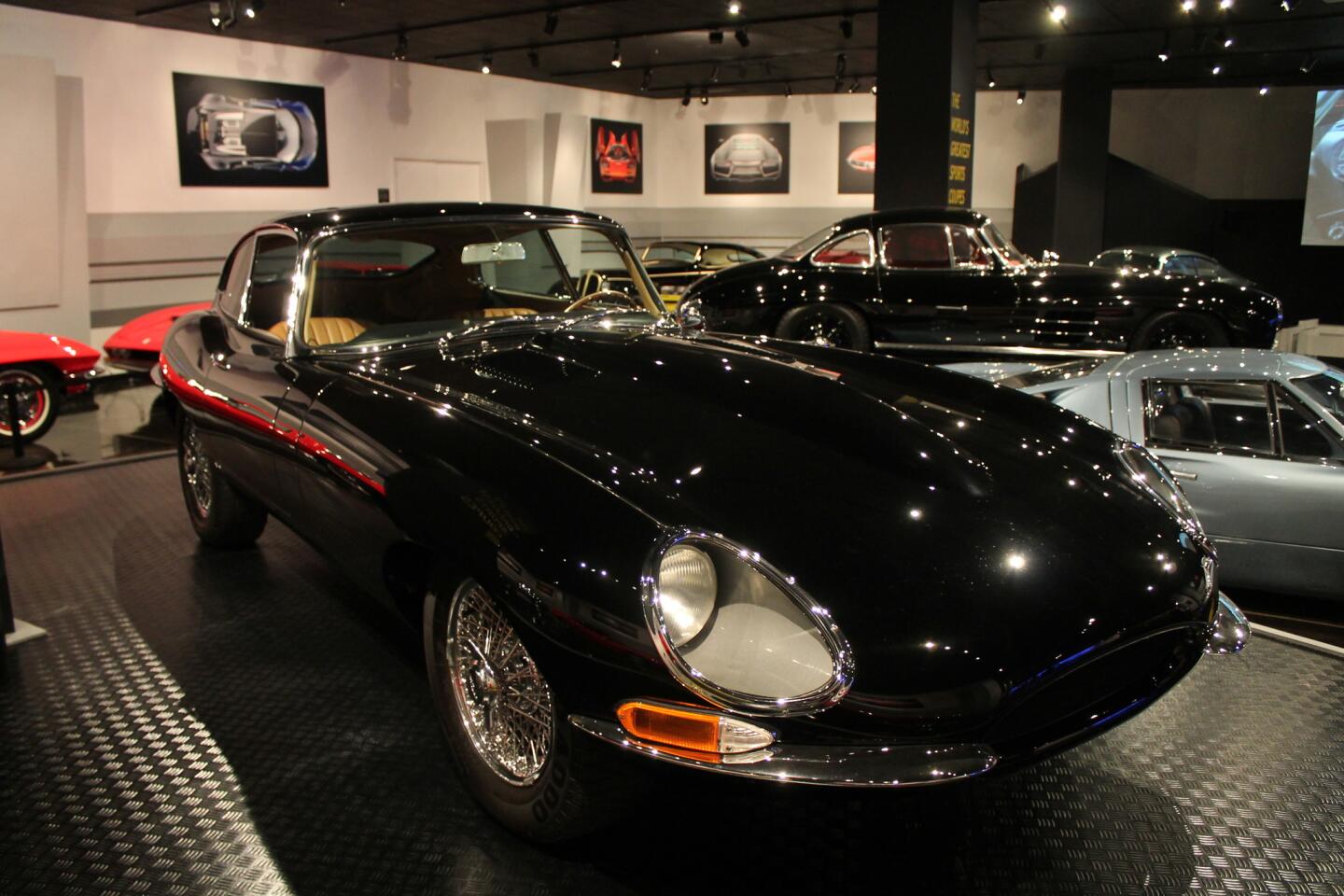
That’s why it came out so beautifully because the car was created geometrically. The man had a formula for taking shapes, which he learned from a German aerodynamics engineer, about how to create forms for aerodynamics. That’s why we love it, because it’s actually born out of utter discipline. (David Undercoffler / Los Angeles Times)
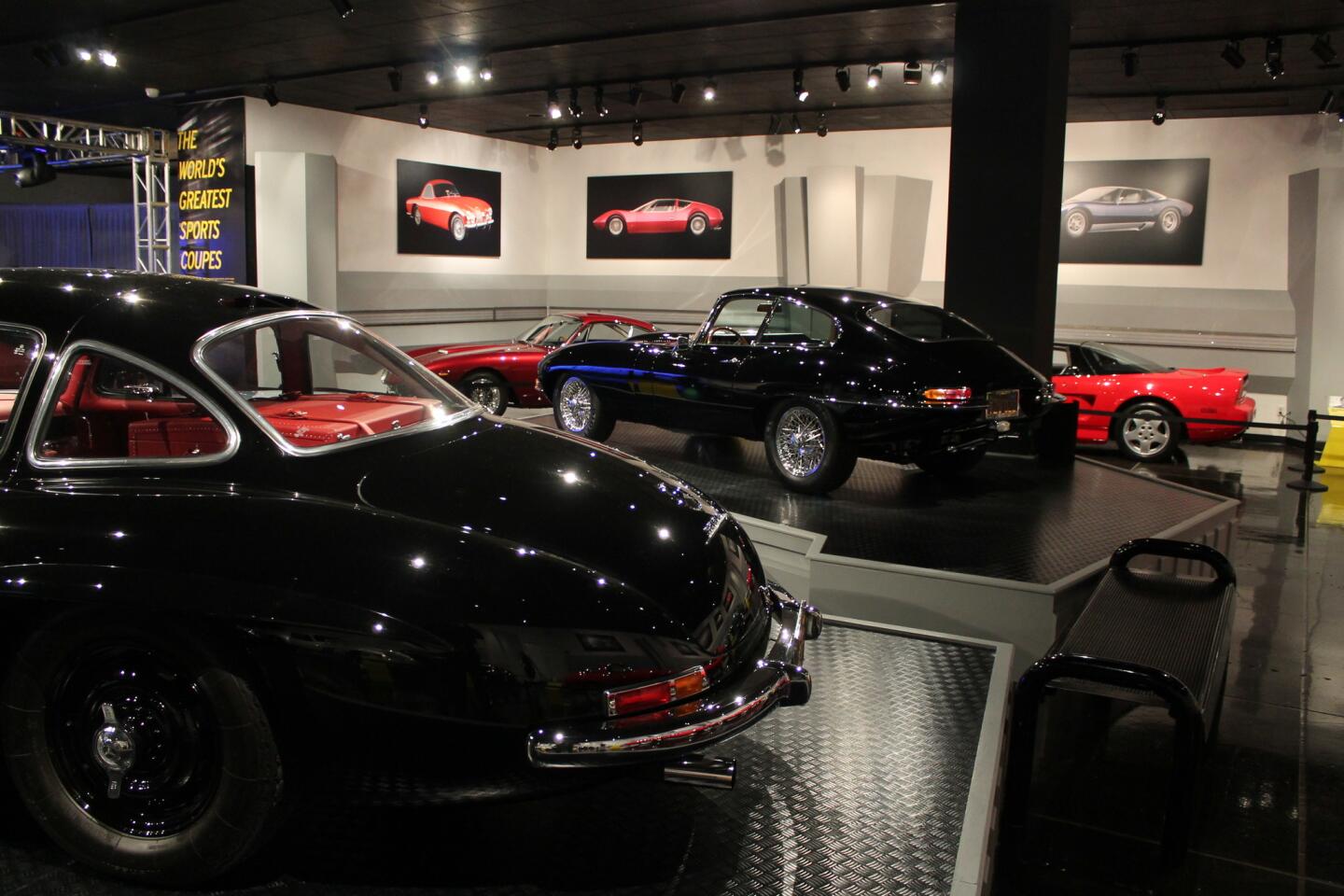
There’s nothing frivolous in its styling. Nothing. An interesting thing about this car: The first E-Types were supposed to be convertibles. At the last minute, the guys in the metal shops cobbled together a coupe and that’s the one that went to Geneva as the new E-Type. (David Undercoffler / Los Angeles Times)
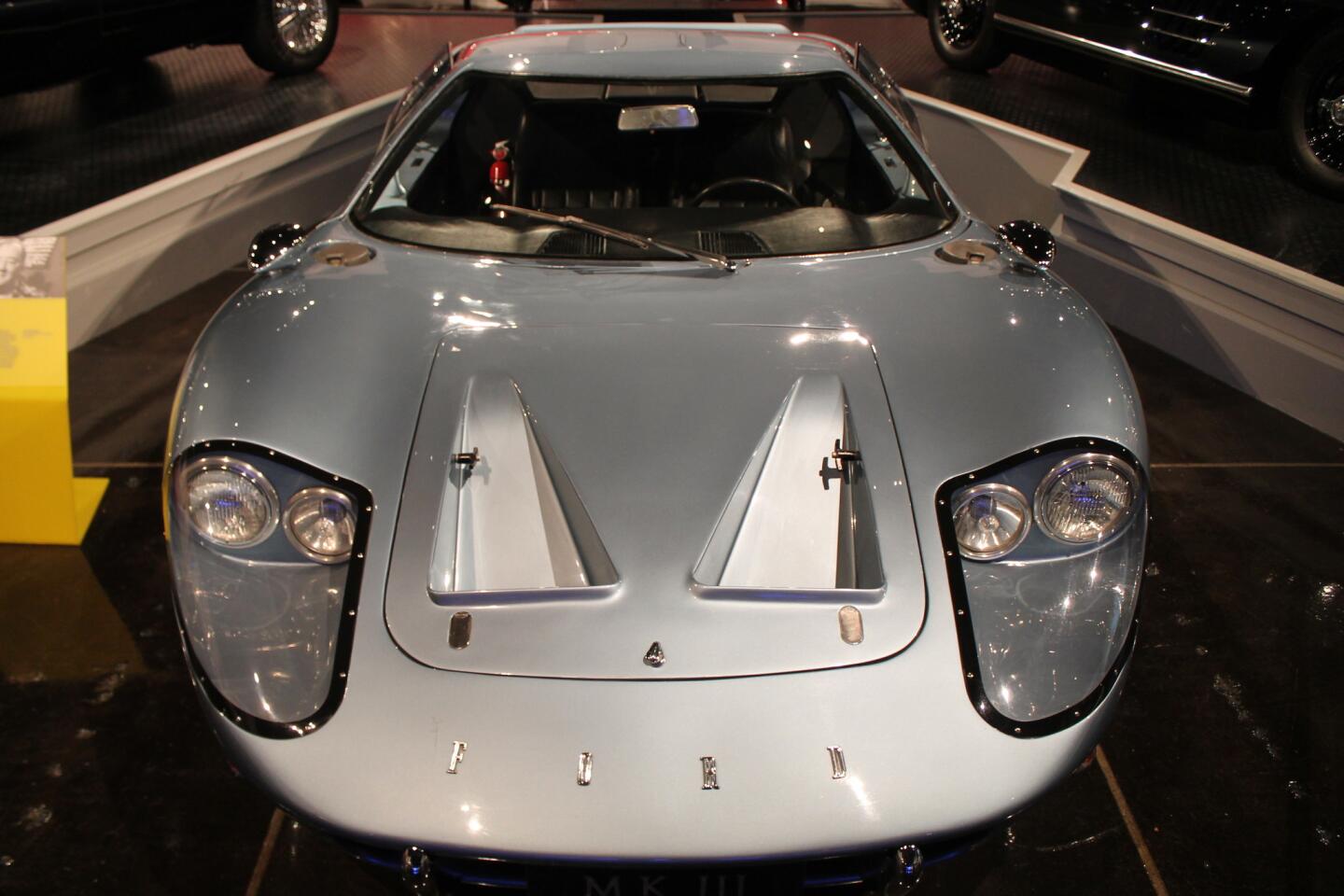
And it started off as a race program in England and things didn’t work out very well. And the program then came to the U.S. and was finished off in the U.S. (David Undercoffler / Los Angeles Times)
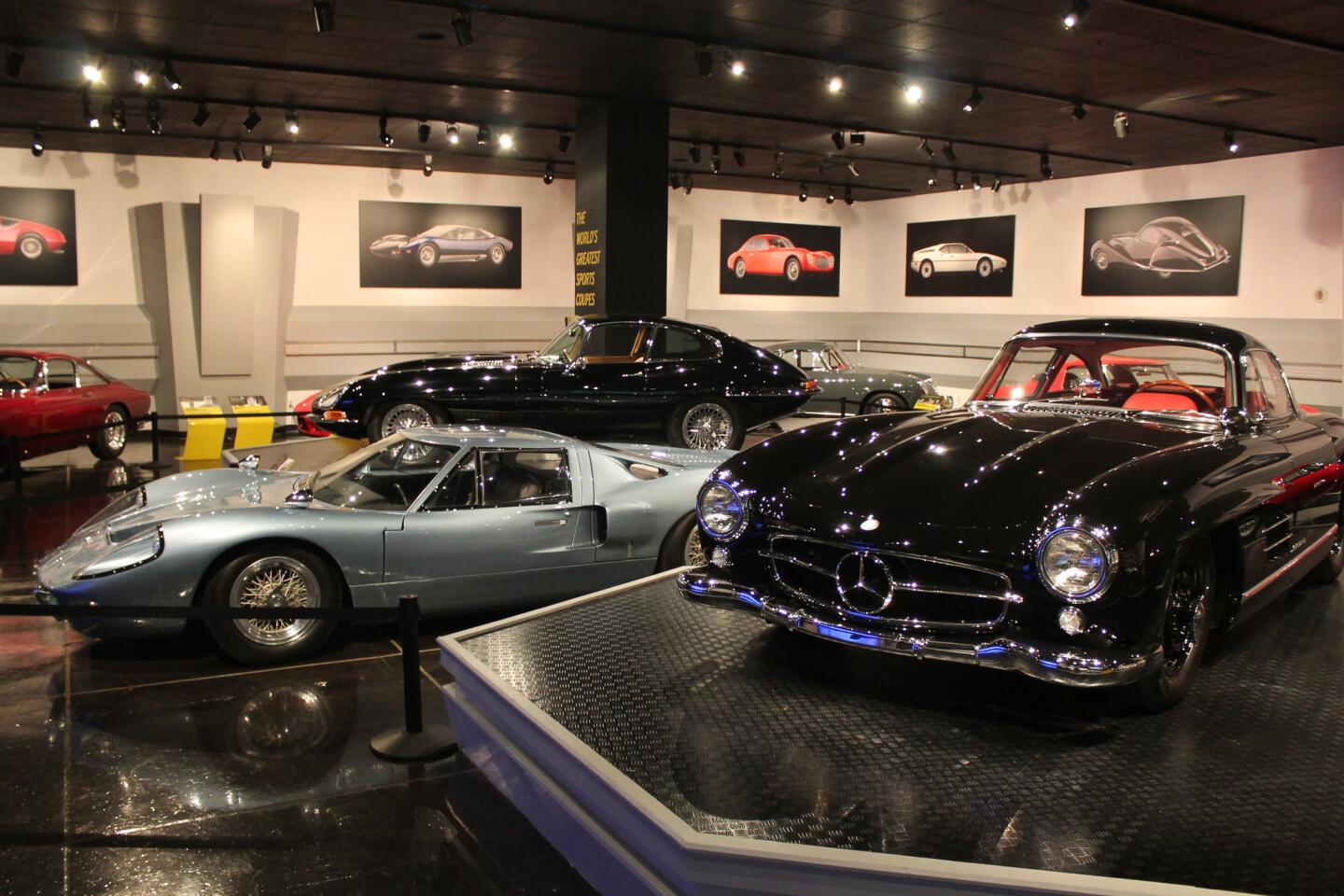
I think the Mark I and Mark IIs were a bit prettier. This one had been designed with a back end for the U.S. and it’s lost a bit of that shapeliness at the back. It was for aero, it’s all aero. These cars were driven by physics, they weren’t driven by aesthetics. (David Undercoffler / Los Angeles Times)
Advertisement
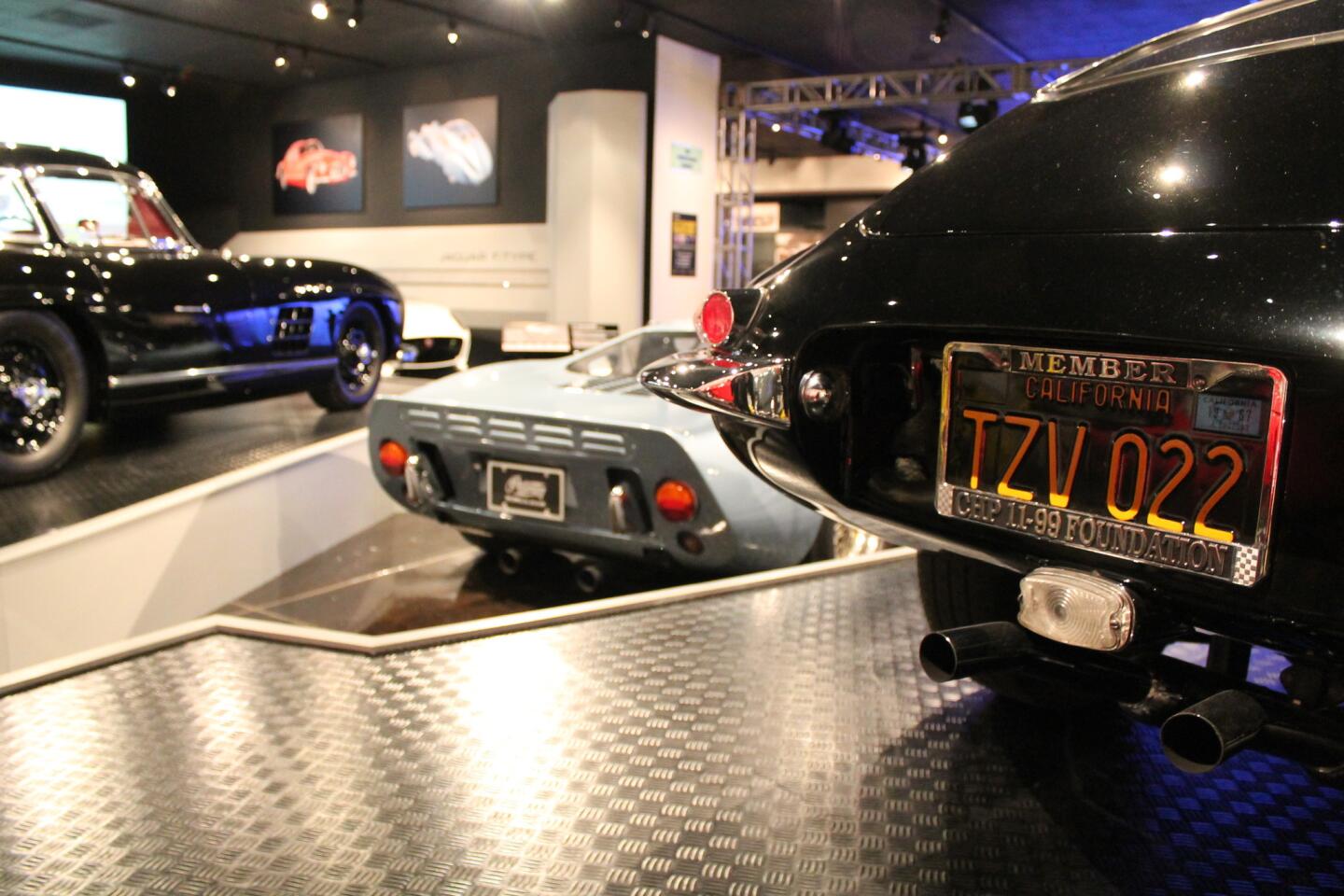
Of course the Mark II, they sold in England, they had a whole batch of them left and turned them into production cars. And I remember opening the Sunday Times magazine when I was about 12 or so and they were trying to sell these GT40s for about 4,500 pounds. But they were stuck with these cars, so many of them, didn’t know what to do with them. And decades later they become iconic. It’s incredible. (David Undercoffler / Los Angeles Times)
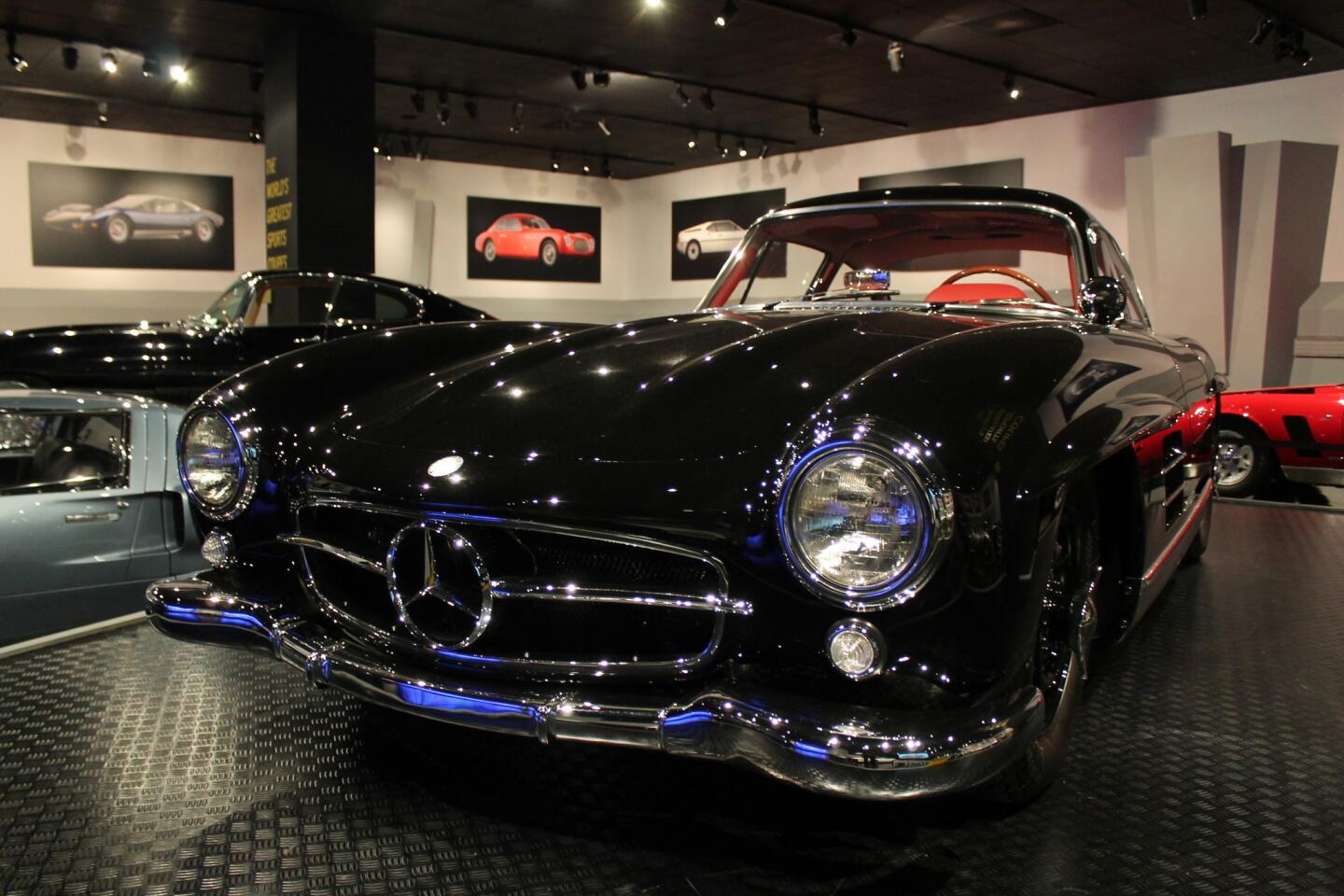
This is not a beautiful car. It’s a very handsome car. Beauty has more of an emotional feel about it. You see something which has got an elegance to it. Whereas this is a little bit more brutal. It’s very matter of fact. (David Undercoffler / Los Angeles Times)
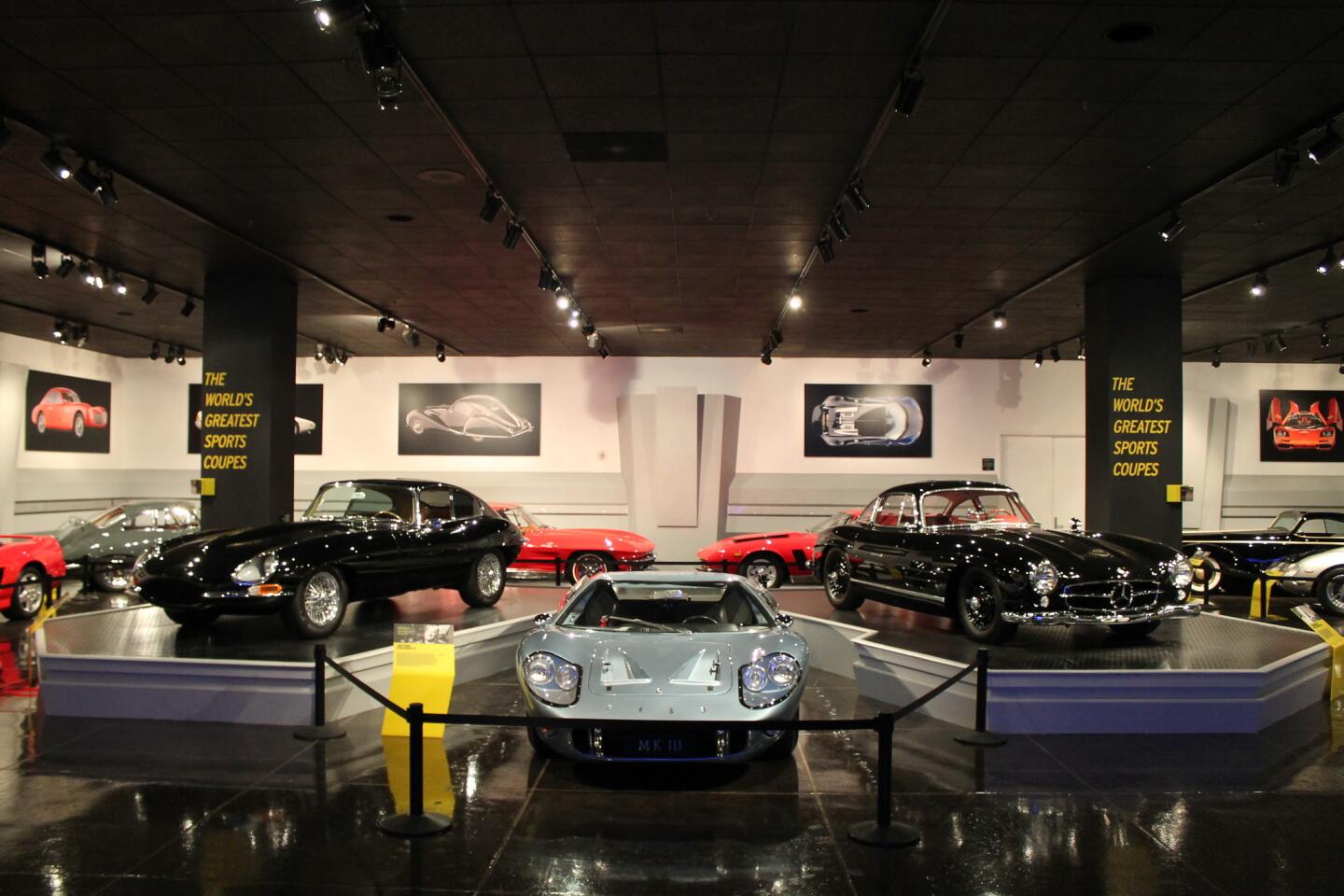
“It’s beautifully done, but it hasn’t got that natural svelteness to it that the Ferrari or the Aston has,” Callum said of the Mercedes, at far right. (David Undercoffler / Los Angeles Times)
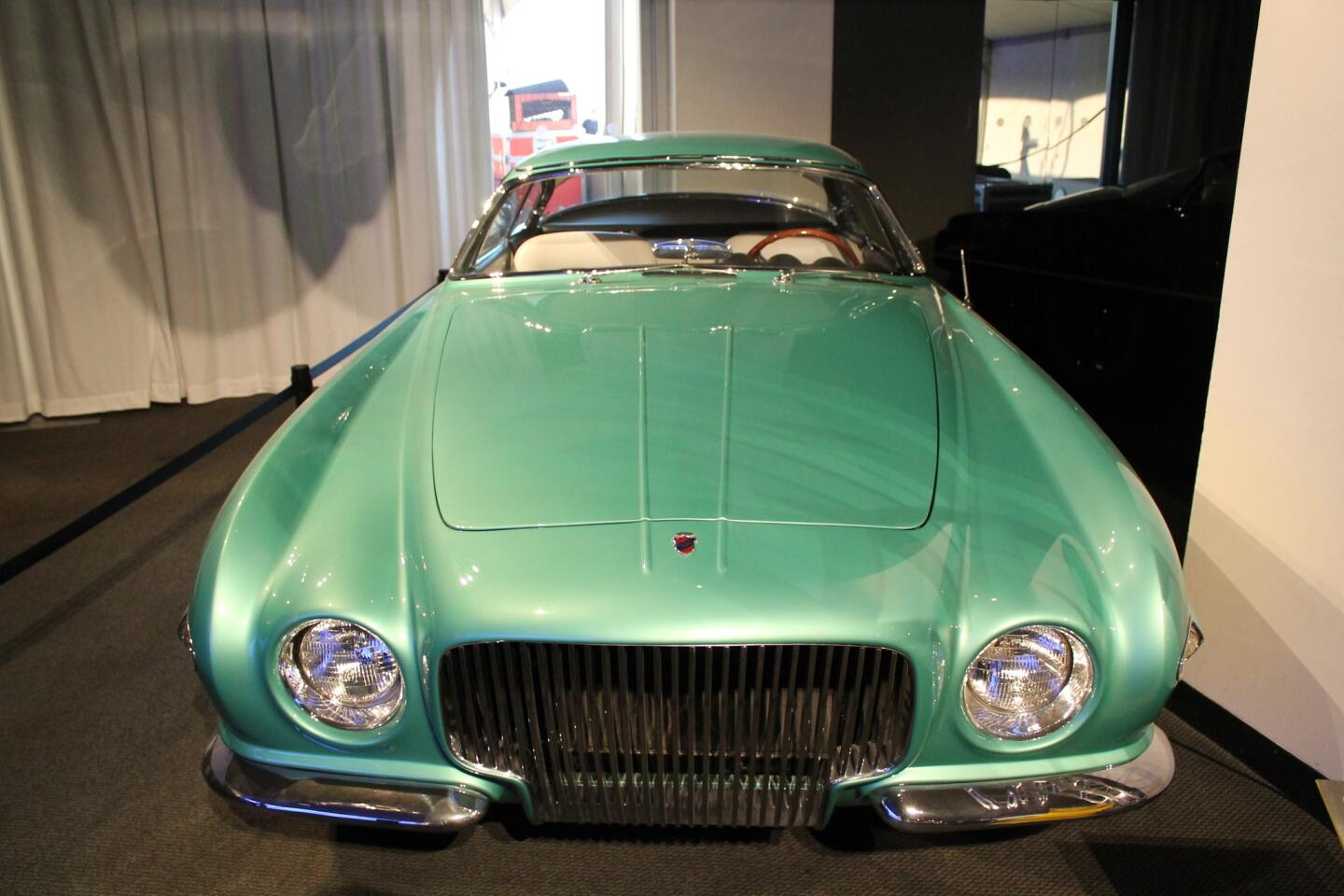
This really forward grille has this thrusting futuristic look to it for the time. And all that wrapped glass at the back was impressive. It’s a beautiful color. I really like it.
(David Undercoffler / Los Angeles Times)


